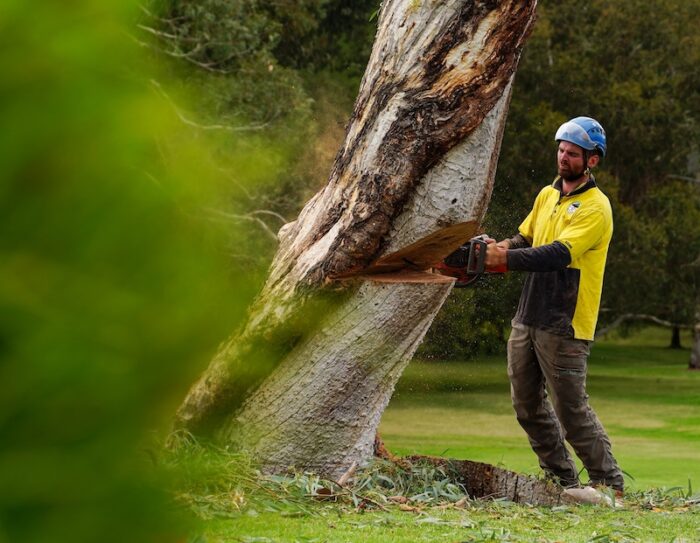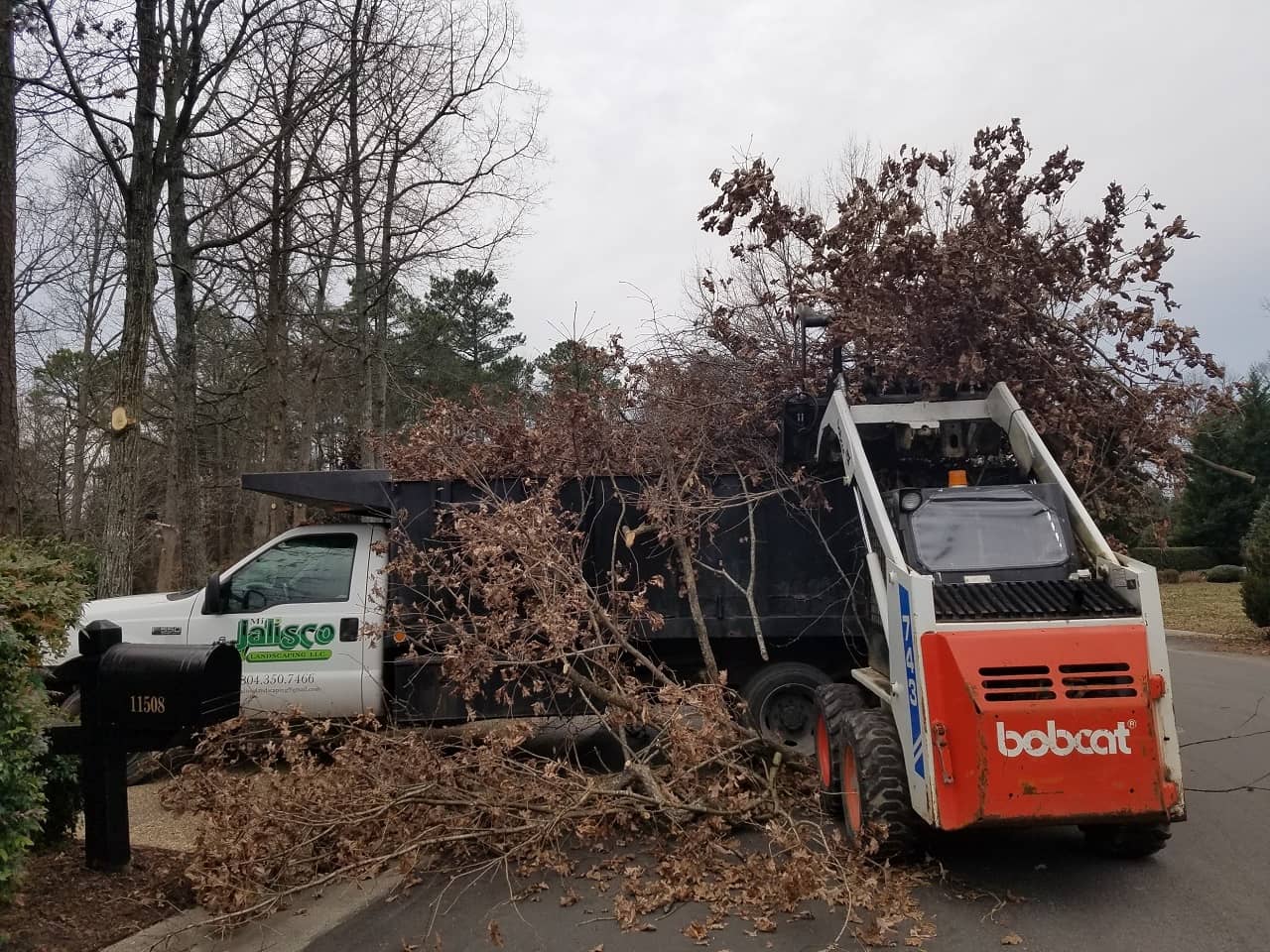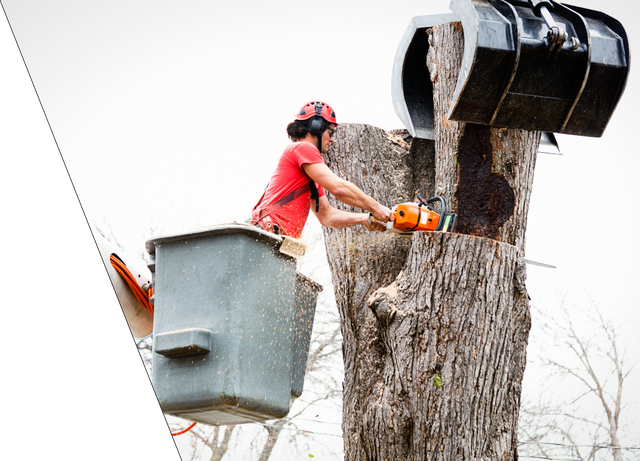All Categories
Featured
The elimination of trees can produce open spaces that are at risk to weed intrusion. When trees are present, their thick canopies commonly shade the ground, restricting the amount of sunshine that reaches the dirt. However, after the removal of trees, these open areas get increased sunlight, providing ideal problems for weed development.

They might recommend the usage of mulch, which acts as a safety barrier on the dirt surface area, protecting against weed seeds from germinating and suppressing weed growth.

The presence of trees promotes a rich and varied area of dirt microorganisms. Tree roots give a source of natural issue, exudates, and nutrients that support the development and task of valuable soil microbes. However, when trees are eliminated, the absence of their origins can interfere with the fragile balance of the soil's microbial ecological community.
How Much Does Tree Cutting Services Wollongong Service Cost?
This adjustment in pH can affect nutrition schedule, microbial activity, and general soil health and wellness. To deal with the results of tree cutting on soil pH, tree removal professionals can offer useful advice. They may advise dirt screening to examine the current pH levels and identify the required modifications. Based on the outcomes, experts can suggest pH modification approaches, such as including lime to elevate dirt pH or integrating essential sulfur to reduce it.

It describes the compression of soil fragments, leading to minimized pore room and boosted soil density. This compaction can adversely impact the dirt's ability to function optimally, influencing its water-holding capability, vitamins and mineral availability, and root infiltration. Proper techniques employed by tree elimination experts can help minimize compaction and maintain the soil's capability to retain water, and enable sufficient airflow and careful devices handling.
Latest Posts
Which Is The Best Palm Tree Removal Wollongong Company?
What Is The Best Arborist Wollongong Service?
Is It Worth Paying For Tree Removal Wollongong Area?